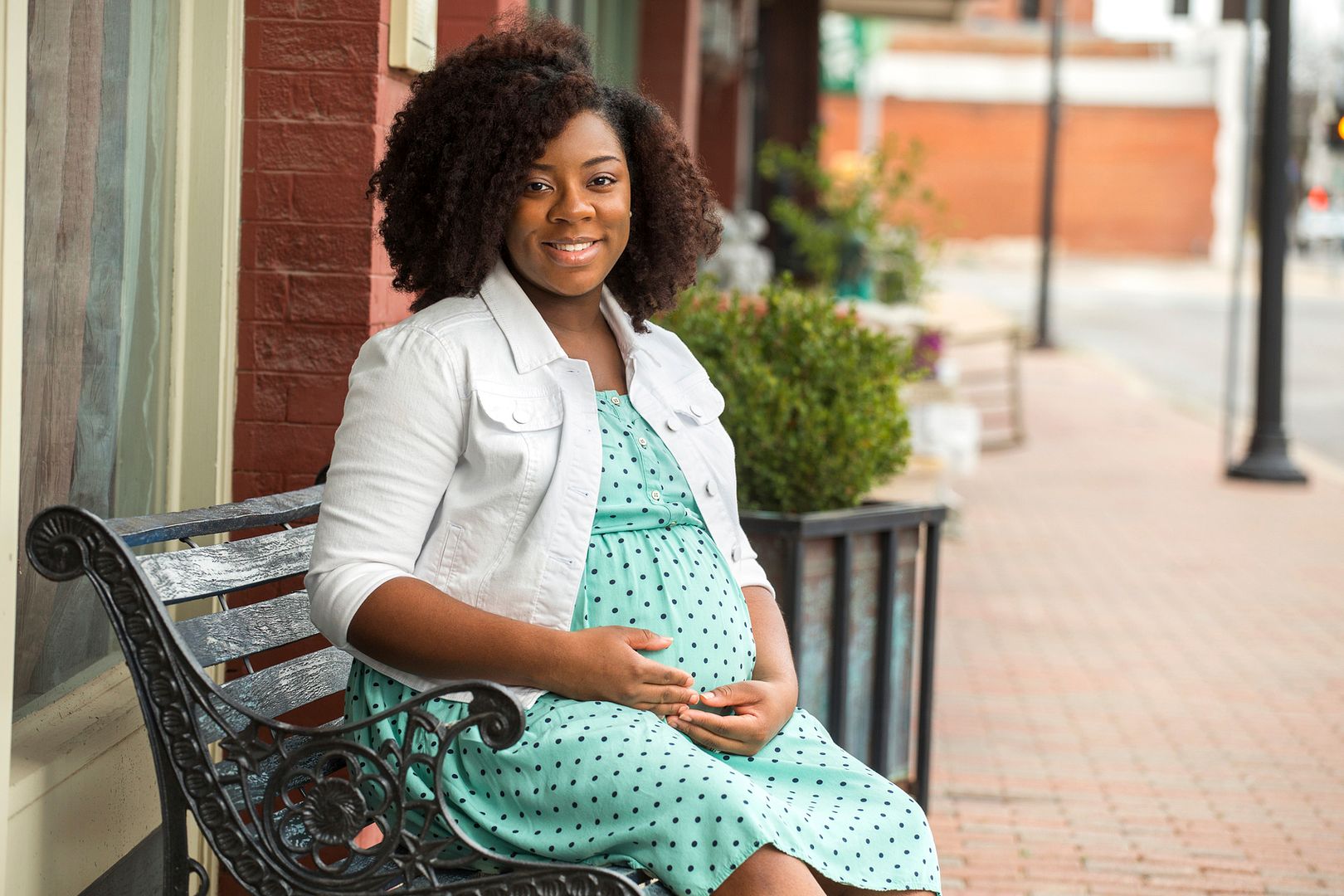How Doctors Traumatize Pregnant Women With Unnecessary Procedures

Recent studies highlighted in Elle magazine show millions of women are injured during childbirth. While “injury” is a nice way to put it, something more contestable is happening in the labor and delivery rooms of hospitals across the country and the world.
Twelve cuts, $50,000in court fees, and 430,000 Youtube views later, Kimberly Turbin, who survived a forced episiotomy during childbirth three years ago, is fighting back and seeking justice for birth trauma. The doctor’s shortcut — a surgical cut between a woman’s vagina and anus just before delivery — is a common practice and a moment that would change Turbin’s life forever.
“Is he really going to do this to her,” I thought as we watched the woman protesting in the background of the video. I clenched my jaw as tears rolled down my cheeks and I heard the voice of a woman pleading “Don’t cut me!”
We decided then and there: No woman deserves to be cut without consent or coerced into forced medical intervention.
Doctors continue to perform forced episiotomies for reasons such as billing, lack of awareness of alternative best practices and continued ritual abuse or “They’ve always done them.” I suspect the issue runs deeper than a medical practice and instead further proves a mainstream issue. This practice demonstrates both a lack of societal humanizing around female-bodied individuals and a horrifying legacy of power and oppression exerted over women’s bodies within medical institutions. A recent Bitch article shows us some still struggle to believe women even experience pain. Furthermore, an expose in the New York Times demystifies the presumed low impact of “hot flashes” that are often undermined by physicians.
Turbin decided to post the video of the forced episiotomy on YouTube, y garnering nearly half a million views. She is taking a stance on the case of her own birth trauma, calling the forced episiotomies assault and battery.
Given her activism and the support of several advocacy groups, including Improving Birth and #BreaktheSilence Campaign, Turbin has started a movement that examines and combats obstetric violence, birth rape and birth trauma. More American medical malpractice attorneys are becoming familiar with cases that fall outside of high C-section rates and forced sterilization.
The lack of well-woman care in medical institutions, and the reproductive dehumanization of women is directly connected to the history of gynecology, and absence of agency over women’s bodies, anatomy and reproductive lives. Most notably, J. Marion Sims, the father of modern gynecology, is known for his unethical legacy of experimentation during surgery. It is also uncommon knowledge that episiotomies are not generally medically necessary and do not support laboring mothers in any way.
They have a reputation for causing significant complications such as muscular damage to the vaginal and perineum (between the anus and vulva) areas, painful intercourse after childbirth and chronic incontinence. An episiotomy is among the top five things pregnant women fear. The tears after the dreaded “tear” is not only about physical recovery but also spiritual and emotional pain, shame and silence.
The emotional scars of forced episiotomies have brought communities of women together to share in healing and journeys toward recovery, reclaiming bodily autonomy and freedom. It’s time, and if we don’t, who will?
Sevonna M. Brown is the human rights project manager at Black Women’s Blueprint in Brooklyn and a Ms. Foundation Public Voices Fellow. She enjoys reading Zora, Ida, Toni, and Assata. Her favorite tears are red raspberry leaf and lavender.

No comments: